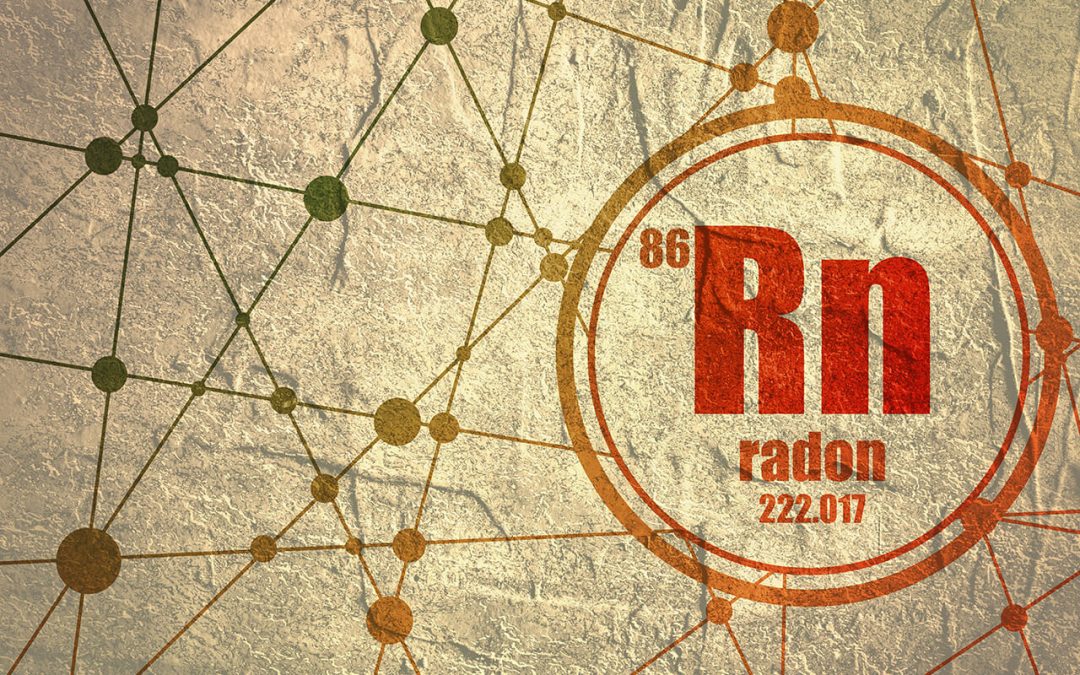Did you know that radon gas is the number one leading cause of lung cancer in non-smokers? Many people don’t realize the dangers of radon gas and how it can accumulate in the home. In this blog post, we will discuss what radon gas is, how it accumulates in buildings, and the health risks associated with prolonged exposure. We will also explain the importance of having your house tested for radon and what to do if the levels exceed four picocuries per liter.
What is Radon?
Radon gas is a colorless, odorless, and tasteless gas produced naturally by the decay of uranium in the soil. It is a naturally occurring gas that is found in soil and rock. Any home can be affected by high radon levels, regardless of the state that it is located.
How Does Radon Get in the Home?
Radon can enter the home through cracks in the foundation, pipes, or joints in the floor. It can accumulate in buildings when cracks or gaps in the foundation allow the gas to seep in. Radon gas is hazardous because it emits alpha particles, damaging the lung tissue and leading to lung cancer. If you are concerned about your exposure to this gas, it is essential to have your home tested for radon.
Radon Testing
DIY radon testing is a do-it-yourself method of testing for radon. It is an easy process that can be done in a few minutes using a test kit available at most hardware stores. On the other hand, professional radon testing is done by a professional radon tester who has been certified by the National Radon Proficiency Program (NRPP). This type of testing is more accurate and can provide more detailed information about the radon level in a home.
People exposed to radon gas over a long period of time are at an increased risk of developing lung cancer. The risk is even higher for smokers. That’s why it’s so important to have your house tested for radon gas, especially if you live in an area where radon levels are known to be high.
What to Do About Radon in the Home
If the levels of radon gas in your home are higher than four picocuries per liter, take steps to reduce the levels. This can be done by sealing cracks and gaps in the foundation, installing a radon gas mitigation system, or increasing ventilation.
Radon Mitigation Systems
Radon mitigation systems work to lower radon levels in a home by installing a vent pipe that runs up through the roof and releases the gas outdoors. A fan is often used to help draw the gas out of the house and lower radon levels.
Don’t wait until it’s too late to take action. Test your home for radon gas today and protect yourself and your family from the dangers of this invisible killer.
Mason Dixon Home Inspection Services, Inc. offers inspections throughout South Central Pennsylvania. Contact us to schedule an appointment.

